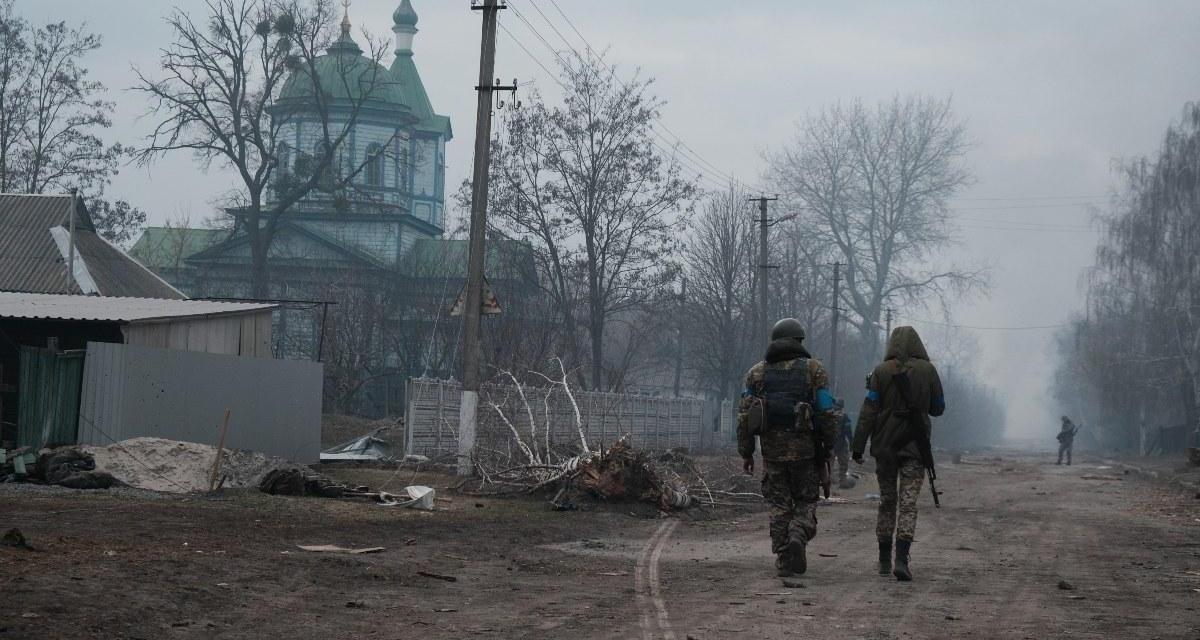We like to think of war as something distant. Something other countries do. Something past generations suffered. Something we’ve evolved beyond.
But here we are. Still fighting. Still finding new reasons—or maybe just new excuses—for bloodshed. Sometimes between nations, sometimes between neighbors. The flags change. The language changes. But the reasons? Strangely familiar.
Why do we go to war? The question sounds simple. The answer rarely is.
1. Power – The Oldest Game
At the heart of most wars is the pursuit of power. Whether it’s kings battling for territory, presidents flexing muscle on the world stage, or mobs trying to dominate the streets—power is often the quiet, constant force behind the noise.
Empires were built this way. The Mongols didn’t sweep across Asia for cultural exchange. The British didn’t sail into India with good intentions. Wars of power come wrapped in noble justifications—freedom, stability, progress—but at the end of the day, it’s about control.
Even now, modern warfare—be it a military invasion or an economic blockade—often boils down to who gets to call the shots.
2. Land, Oil, Water – The Fight for Resources
We’ve fought over what’s beneath the soil and what flows through it. Land has always meant survival—food, shelter, safety. When resources run low or access is threatened, tensions flare.
The Iraq War? Framed as a war on terror, but oil pipelines ran just beneath the surface. The Indo-China standoff in the Himalayas? Often about icy, barren stretches of land—but that land holds strategic, and symbolic, value.
Back home in India, tribal protests and Maoist movements are rooted in similar grievances—forests cleared, rivers redirected, mountains mined. The state versus the people often plays out like a low-grade war, and it usually starts with land.
3. Fear – The Most Contagious Weapon
Fear doesn’t just fuel war—it manufactures it. Often, it’s not the enemy at the gate that causes panic. It’s the idea of what that enemy might do. Fear makes us imagine threats where there may be none. And imagination is a dangerous ally in conflict.
World War I was a chessboard of mutual suspicion. Leaders didn’t want war, but they feared what might happen if they didn’t act first. The 2003 Iraq War was powered by fear—of weapons that turned out not to exist. In our own towns, riots have begun over rumors—most later proven false.
Fear can be planted, watered, and harvested. And when leaders or media want to rally people around a cause, fear is often their first tool.
4. Religion, Identity, and the Idea of “Us” vs “Them”
At some point, we stopped fighting for survival and started fighting for who we are. Or more precisely, who we think we are.
Religion has inspired great peace—and great bloodshed. From the Crusades to the Partition of India, to today’s tensions in Jerusalem or Ayodhya, belief systems have clashed violently. But it’s not just about faith. It’s about identity.
Caste in India. Race in America. Ethnicity in Rwanda or Myanmar. When identity becomes rigid, when the “other” is seen as a threat, war becomes personal.
These aren’t just ideological battles. They’re emotional ones. And emotional wars are often the hardest to end.
5. Revenge – The War That Never Ends
Some wars never really end. They just take breaks. A treaty gets signed, the guns fall silent, but the anger lingers. The wound remains open. And then, years—sometimes decades—later, it erupts again.
Revenge is a powerful motivator. Ask any community that’s faced genocide, or any nation that’s lost a war it believes it should’ve won.
Germany’s humiliation after World War I helped birth Hitler’s rise and World War II. In India, many communal clashes erupt not spontaneously but from long-simmering grievances—real or perceived.
Revenge turns history into fuel. And once that fire starts, it rarely stays contained.
6. Injustice and Inequality – When People Have Nothing Left to Lose
Not every war is between armies. Some are between the powerless and the powerful.
Revolutions, rebellions, insurgencies—these are the wars that erupt when systems fail. When justice is out of reach. When dignity is denied.
The Arab Spring. The French Revolution. The tribal revolts across central India. These aren’t fought for conquest. They’re fought because peaceful protests led nowhere.
When people believe the law protects only the rich, that politicians only listen to corporations, that voting changes nothing—they stop talking. They start fighting.
Violence isn’t always the first choice. But for the unheard, it sometimes feels like the only one.
7. Manipulation – When Leaders Want a Distraction
And then there are wars that didn’t need to happen. Wars that were made to happen.
It’s an old trick: when a government is in trouble at home—economic crisis, political scandal, dropping popularity—it turns attention outward. An enemy is invented. A threat is exaggerated. Flags are waved. Dissent is silenced. The nation unites… behind a war.
We’ve seen it in military juntas, authoritarian regimes, even democracies. Sometimes, the war isn’t even real—just a war of headlines, of manufactured outrage, of daily doses of “us vs them” on primetime TV.
Manipulation works because fear works. And leaders have always known how to use both.
War Has Changed. Reasons Haven’t.
Drones now replace soldiers. Cyberattacks replace bombs. Trade sanctions replace invasions. But the reasons we go to war? They haven’t evolved much.
We still fight for power, pride, paranoia, and pain. We still fall for the same justifications dressed in new rhetoric. We still find it easier to attack than to listen.
Maybe that’s the real tragedy. Not just that we keep fighting—but that we keep forgetting why.
The War Within Us By Shashi Singh
What Comes Next?
In the next piece, we move from the “why” to the “how.”
Part 3: The Machinery of War will explore the industries, logistics, technologies, and profits that turn political tensions into real-time bloodshed—and why the war economy is far more organized than we’d like to admit.

 Tech6 days ago
Tech6 days ago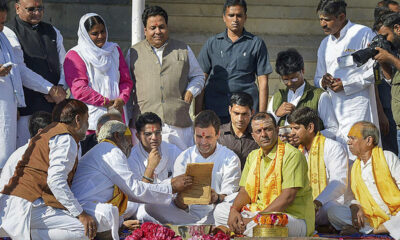
 Politics6 days ago
Politics6 days ago
 Opinion5 days ago
Opinion5 days ago
 Business5 days ago
Business5 days ago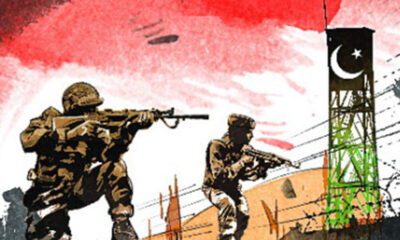
 Opinion4 days ago
Opinion4 days ago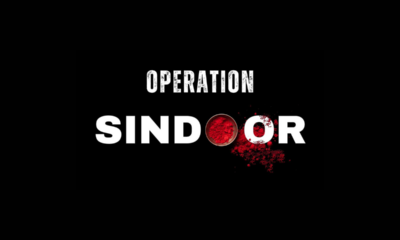
 News4 days ago
News4 days ago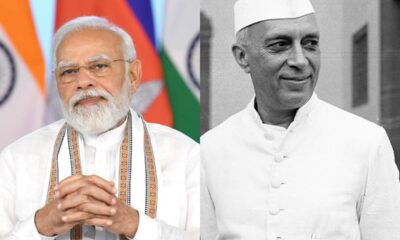
 Politics4 days ago
Politics4 days ago
 Opinion3 days ago
Opinion3 days ago
